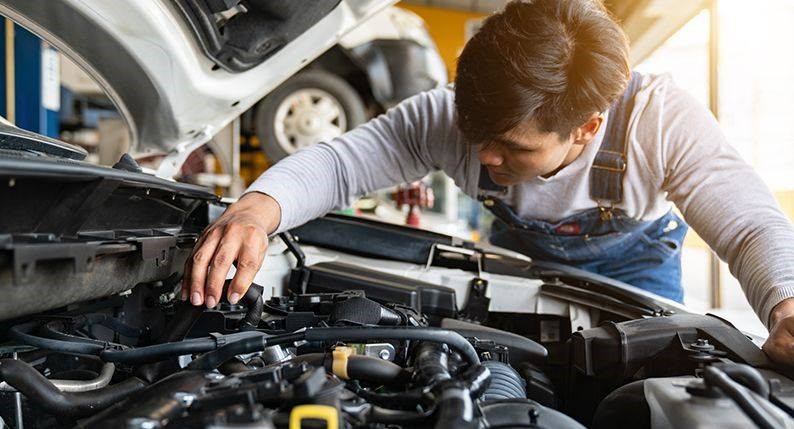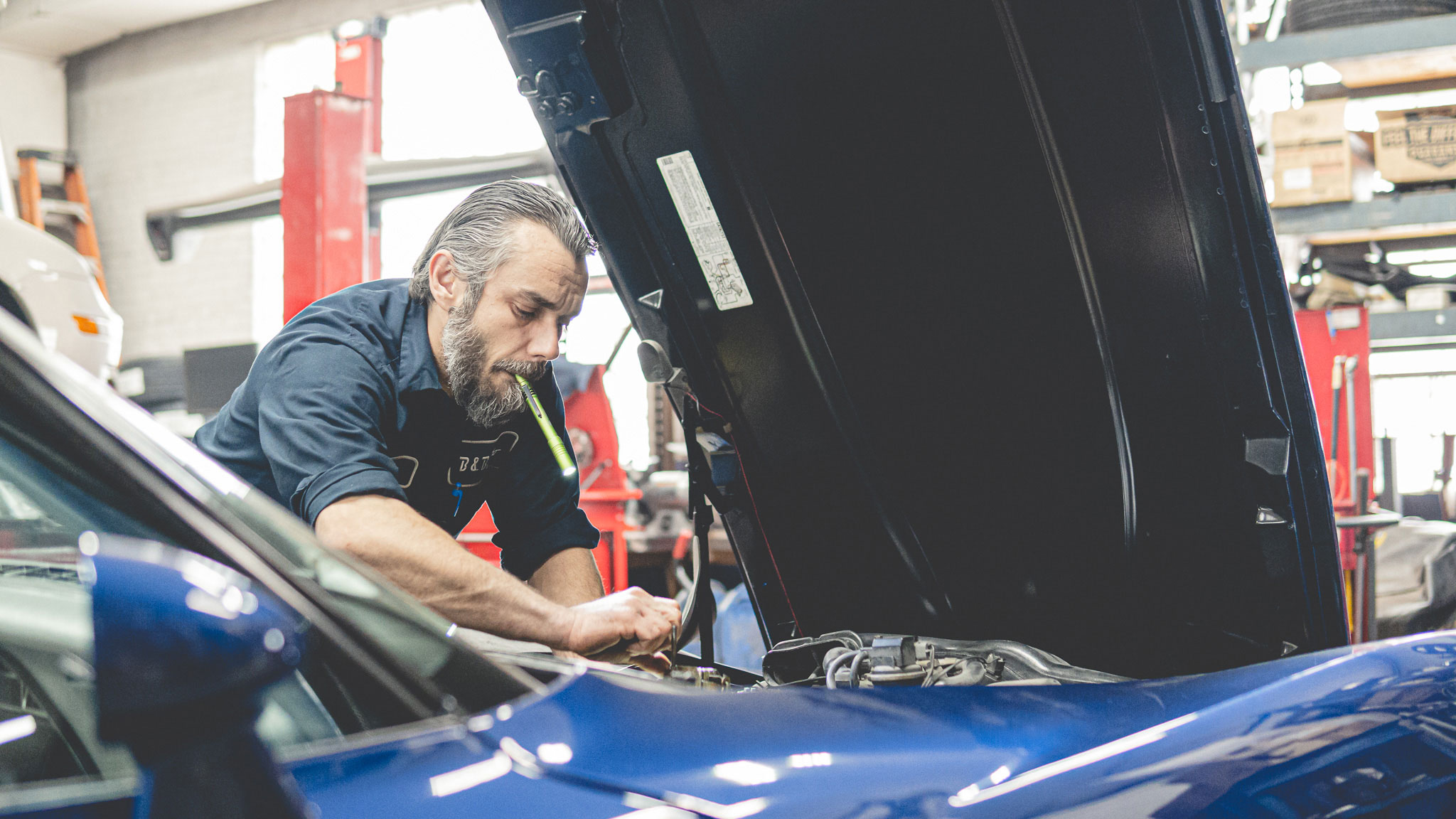All Categories
Featured

When it concerns car repair work or upgrades, among the most important choices you'll face is whether to select Original Equipment Producer (OEM) parts or aftermarket parts. Both alternatives provide distinct benefits and downsides, so comprehending the differences between them is important for making an informed decision. In this article, we'll explore the advantages and limitations of OEM and aftermarket components to assist you choose which is best fit for your automobile.
What Are OEM Components? OEM parts are created by the exact same maker that made the initial components in your car. These components are created to fulfill the specific specs of your auto, ensuring they are a specific fit and provide the same performance as the components that featured the lorry when it was initial developed. OEM parts are typically taken into consideration the "manufacturing facility standard" due to the fact that they come straight from the automobile's producer or a qualified vendor.

Among the major advantages of making use of OEM components is their ensured quality. Since these components are made to the same standards as the originals, they usually provide an ideal fit and trustworthy efficiency. Furthermore, several OEM parts feature a guarantee, providing you assurance that you'll be safeguarded in instance of defects.
What Are Aftermarket Parts? Aftermarket parts are made by third-party producers that are not connected with your automobile's initial maker. These components are designed to fit a wide array of cars and are normally much less expensive than OEM components. Aftermarket parts can be used for routine repair work or upgrades, and they frequently supply a broader variety of alternatives contrasted to OEM parts.

The major charm of aftermarket components is their affordability. They are commonly valued lower than OEM components due to the fact that they are created by independent producers. In addition, aftermarket components may offer better efficiency or additional features not readily available in OEM choices. For example, aftermarket exhaust systems, brake pads, and suspension parts usually provide renovations in efficiency or aesthetics that could not be discovered in OEM parts.
Benefits of OEM Components. Accuracy and Compatibility: OEM components are made particularly for your automobile's make and model, ensuring they fit flawlessly and do to the precise specs required. Warranty Coverage: Numerous OEM components come with guarantees, offering protection in instance of flaws or early failing. Top quality Assurance: Considering that OEM parts are made by the original supplier, they undergo the very same extensive quality assurance criteria as the parts set up in your lorry when it was very first developed. Resale Value: If you intend to market your auto, having OEM parts can help maintain its resale value, as potential customers might be more interested in a lorry that has actually been fixed with initial components. Advantages of Aftermarket Parts. Cost Cost savings: Aftermarket components are generally more economical than OEM parts, which can be a substantial benefit if you're on a budget or wish to conserve money on fixings. Range and Modification: Aftermarket components provide a broader range of alternatives, including performance upgrades and aesthetic improvements. For instance, if you intend to enhance horse power or enhance your automobile's look, aftermarket alternatives can provide unique options. Schedule: Aftermarket components are typically much easier to find than OEM components, especially for older vehicles that might no much longer have readily offered OEM components. Performance Improvements: Some aftermarket components are created with efficiency in mind, such as high-performance brakes, air filters, or exhaust systems. These components can boost your car's general efficiency and driving experience. Negative Aspects of OEM Components. Greater Price: The most considerable downside to OEM components is their cost. They are typically extra pricey than aftermarket choices, which can build up quickly if your automobile needs multiple repair services. Minimal Customization: OEM parts are made to restore your lorry to its original specs, suggesting they might not offer the same array of customization options as aftermarket parts. Schedule Issues: Relying on the age of your lorry, specific OEM components might be more challenging to discover or stopped, making repair work harder. Negative Aspects of Aftermarket Parts. Irregular Top quality: While many aftermarket parts are of high top quality, others may be badly made or do not have the toughness of OEM components. It's important to investigate the maker and review reviews to make sure the quality of the component you're considering. Fitment Problems: Aftermarket parts are made to fit a vast array of automobiles, however they may not always supply the perfect fit that OEM parts ensure. This can lead to installation concerns or suboptimal performance. No Guaranteed Service warranty: While some aftermarket components feature warranties, they might not be as detailed or resilient as those offered by OEM components. In many cases, utilizing aftermarket parts might also affect your car's warranty coverage if it's still energetic. Just how to Choose Between OEM and Aftermarket Components. The choice between OEM and aftermarket components eventually relies on your details requirements, choices, and spending plan. Below are a few factors to consider to help assist your selection:
Budget plan: If conserving cash is a concern, aftermarket parts are generally the more economical option. Nonetheless, realize that more affordable parts may not last as long as OEM parts, which can cause greater costs down the roadway. Vehicle Age and Condition: For newer automobiles, particularly those under service warranty, it's usually a good idea to select OEM parts to keep the automobile's integrity and preserve its resale value. For older automobiles, aftermarket components might be a lot more functional, especially if the vehicle is no much longer under guarantee or if you're attempting to prolong its life-span with economical services. Repair Service Type: Particular critical repairs, particularly those pertaining to safety (brakes, airbags, and so on), are best managed with OEM parts to make certain the highest degree of safety and security and performance. For non-essential repair work or alterations, aftermarket components can supply an outstanding balance of top quality and price. Performance and Customization: If you're searching for efficiency upgrades or unique customization options, aftermarket parts might be the very best choice. Many aftermarket makers design parts especially for boosting your automobile's abilities, whether it's for much better efficiency or appearances. Final thought. Both OEM and aftermarket components have their pros and cons, and the most effective choice relies on your certain requirements and top priorities. OEM parts are perfect for maintaining the original quality and performance of your automobile, while aftermarket parts provide expense savings, customization alternatives, and a wider array of options. Thoroughly review your lorry's condition, the sort of repair service required, and your budget plan to make the ideal decision for your auto and your pocketbook. No matter of which option you choose, it's always a good idea to consult with a trusted mechanic that can offer guidance and guarantee the fixing is done correctly.
Latest Posts
Check Out Affordable Auto Repairs with Montclare’s Exclusive Service Specials
Published en
1 min read
Why Regular Vehicle Maintenance at Montclare Auto Repair Reduces Costs
Published en
1 min read
Uncover Top Auto Repair Services from Montclare Auto Repair – Expert Care for Your Vehicle
Published en
1 min read
More
Latest Posts
Check Out Affordable Auto Repairs with Montclare’s Exclusive Service Specials
Published May 29, 25
1 min read
Why Regular Vehicle Maintenance at Montclare Auto Repair Reduces Costs
Published May 27, 25
1 min read
Uncover Top Auto Repair Services from Montclare Auto Repair – Expert Care for Your Vehicle
Published May 27, 25
1 min read